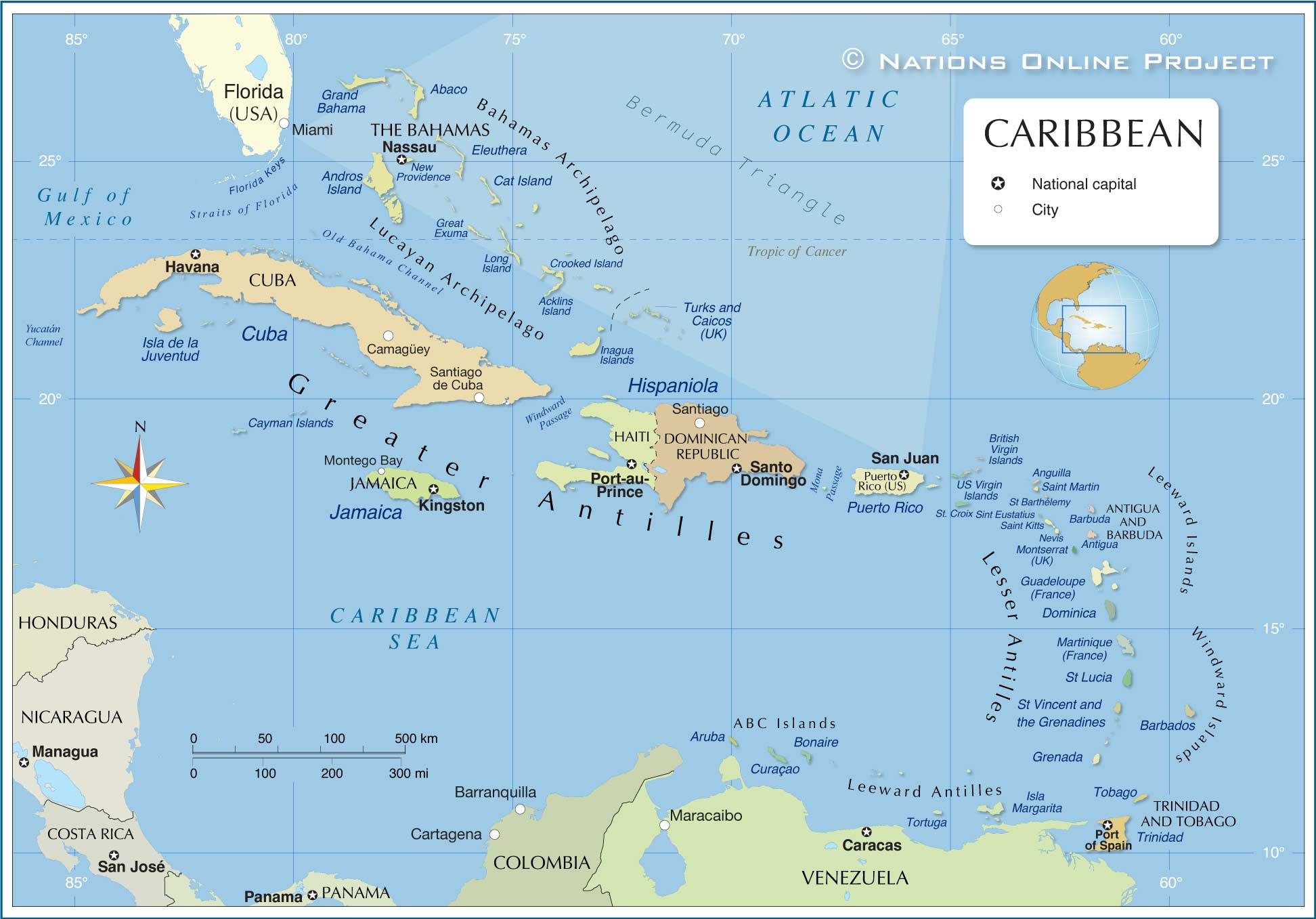The ten-line poetry form called the décima uses the rhyme scheme AABBAACCDDCC. In improvised competitions, called controversias, singers battle each other, often improvising around a final line given to them in advance, called the pié forzado. Here with the classic "Le lo lai" opener and some pretty virtuosic cuatro.
We've already heard bomba, the Afro Puerto-Rican drum-dance, here at a block party in the town of Loiza.
Plena is street and carnival music using small, medium, and large tambourine-like instruments called panderetas, güiro, and call-and response lyrics about local events. Old-school plena often has a harmonica.
| Historical Puerto Rican population in New York City | ||
|---|---|---|
| Year | Pop. | ±% |
| 1910 | 554 | — |
| 1920 | 7,364 | +1229.2% |
| 1940 | 61,463 | +734.6% |
| 1950 | 187,420 | +204.9% |
| 1960 | 612,574 | +226.8% |
| 1970 | 817,712 | +33.5% |
| 1980 | 860,552 | +5.2% |
| 1990 | 896,763 | +4.2% |
| 2000 | 789,172 | −12.0% |
| 2010 | 723,621 | −8.3% |
| 2012 | 730,848 | +1.0% |


Arbello also played trombone with the Claude Hopkins band. His composition "Big Chief de Sota," also known as "Grand Terrace Swing," co-written with Andy Razaf, was also covered by the Fletcher Henderson Orchestra in 1936 (here faturing the great Roy Eldridge on trumpet and "Chu" Bery on tenor sax):

Noble Sissle, an African-American and ex-Hellfighter, and the singer of the recording above, had a group which in 1929 included Rafael Duchesne Nieves and Moncho Usera and made this recording, "Miranda." The group would also include violinist Oscar Madera.
Moncho Usera also co-composed tresillo-filled "Under the Creole Moon" with Noble Sissle and the New Orleans clarinetist Sidney Bechet. I'm not sure who's responsible for the songs' cornball lyrics. Usera's big band would later be one of the musicians responsible for the "big band" sound's popularization in Puerto Rico.
Gregorio Félix played jazz clarinet with Fess Williams and His Royal Flush Orchestra as well as starting his own calypso band.
Bassist Francisco Tizol and saxophonist and clarinetist Carmelo "Jejo" Yarí played in African-American Leon Abbey's Savoy Bearcats.
 Rogelio "Ram" Ramírez subbed for the great Duke Ellington Jimmy Davis, and James Sherman wrote the classic torch song "Lover Man" for the legendary jazz singer Billie Holliday
Rogelio "Ram" Ramírez subbed for the great Duke Ellington Jimmy Davis, and James Sherman wrote the classic torch song "Lover Man" for the legendary jazz singer Billie Holliday Here's Ramírez with his own trio.
Here's Ramírez with his own trio.








No comments:
Post a Comment